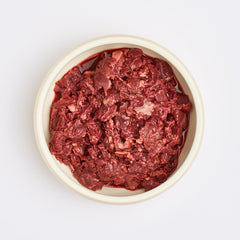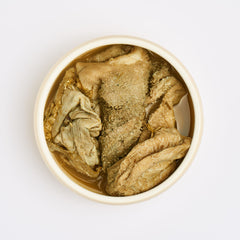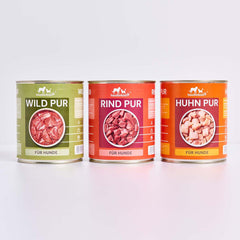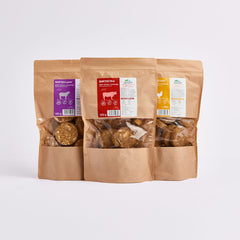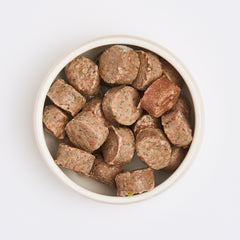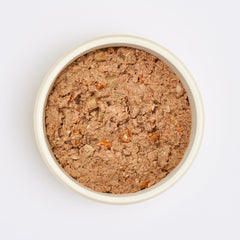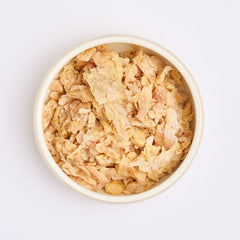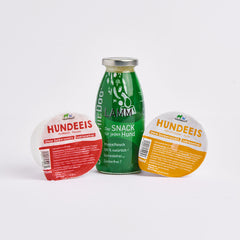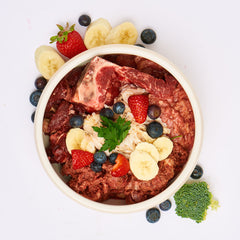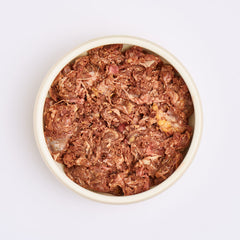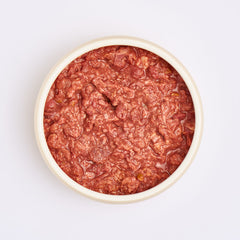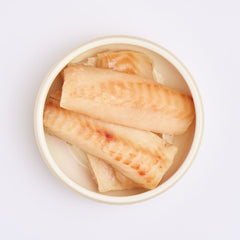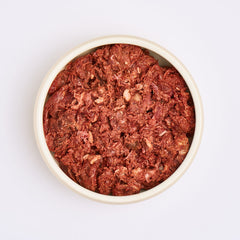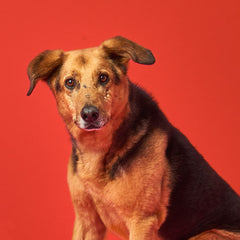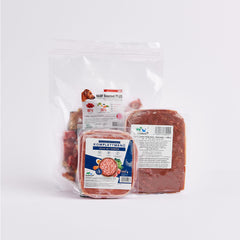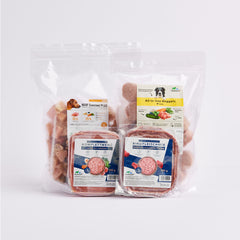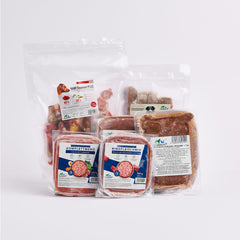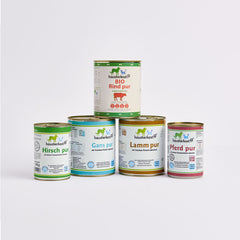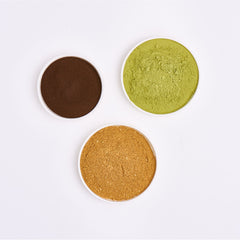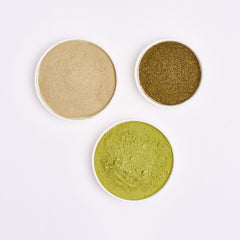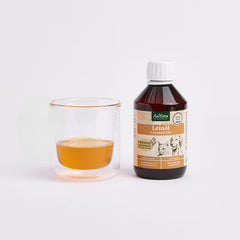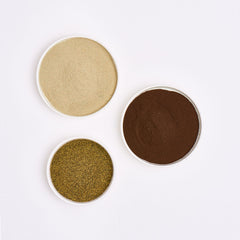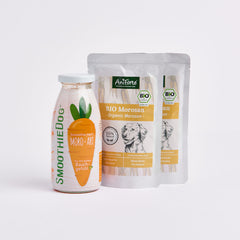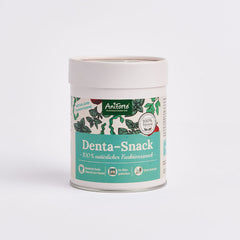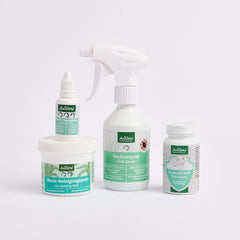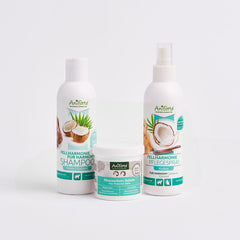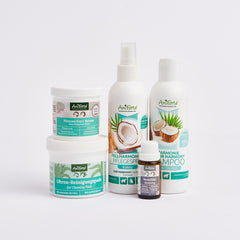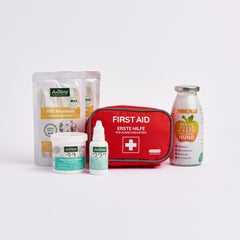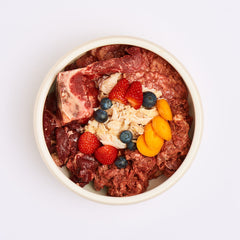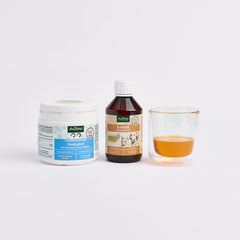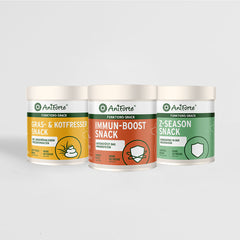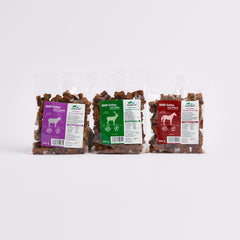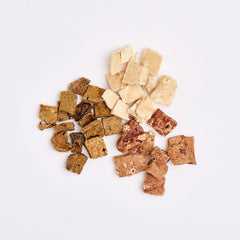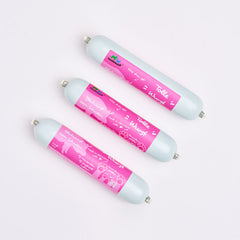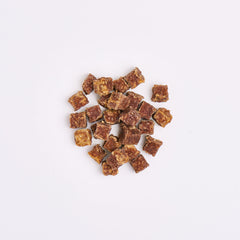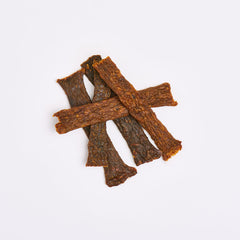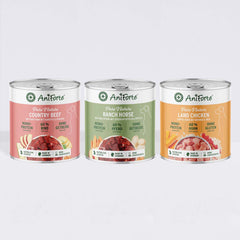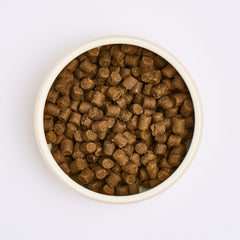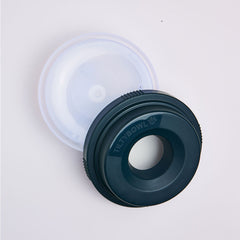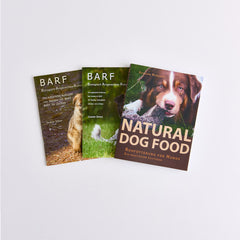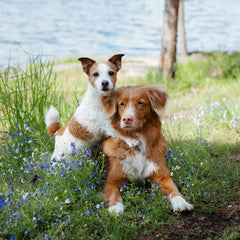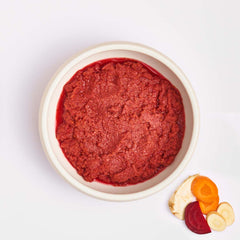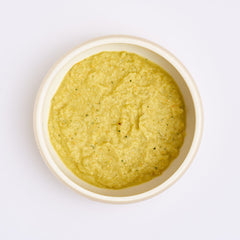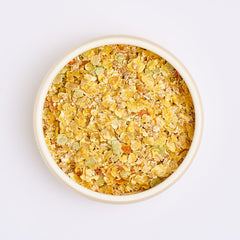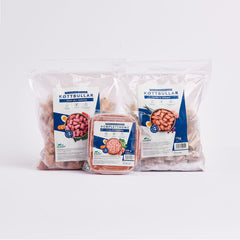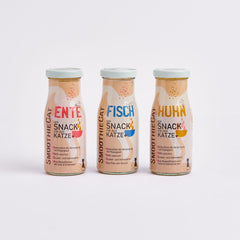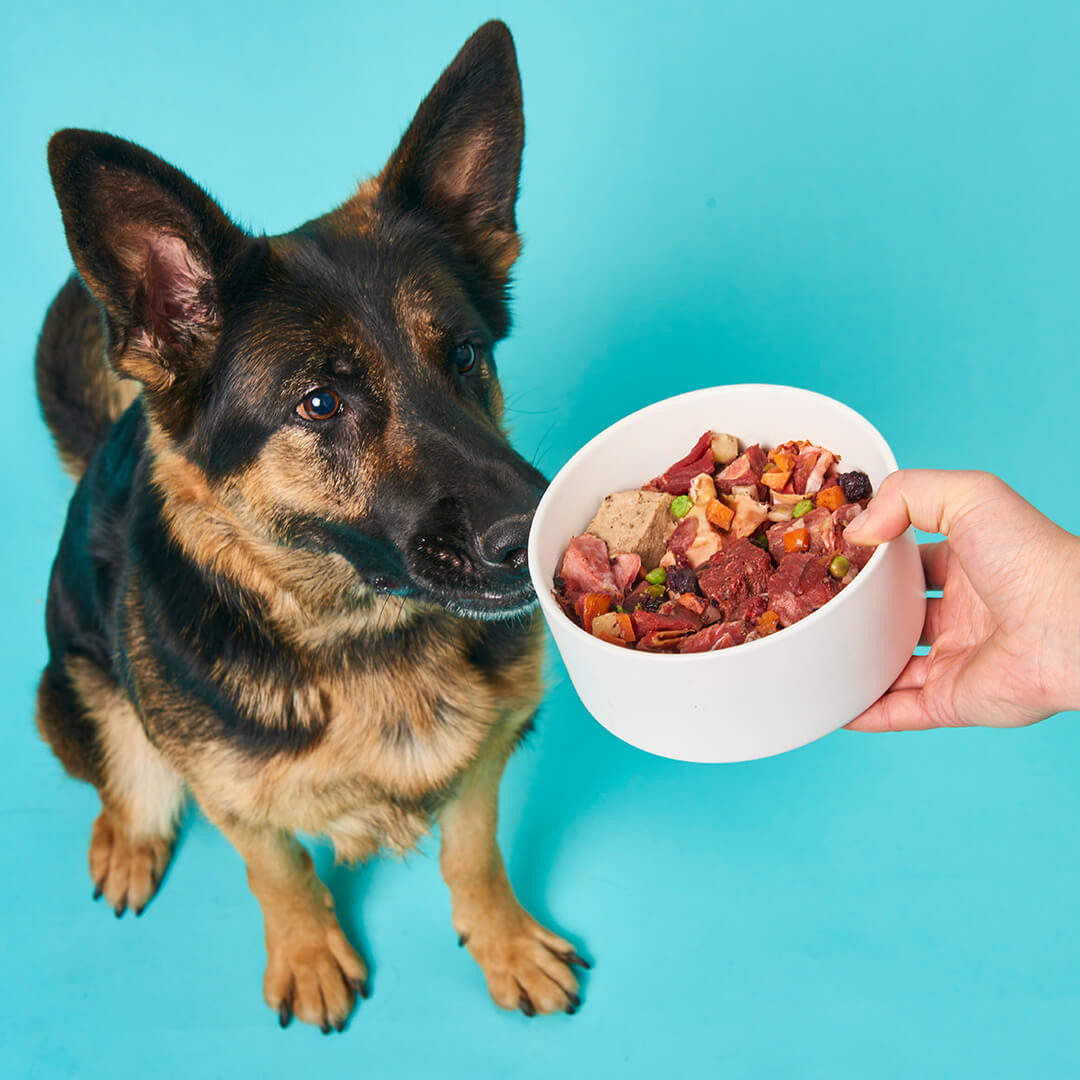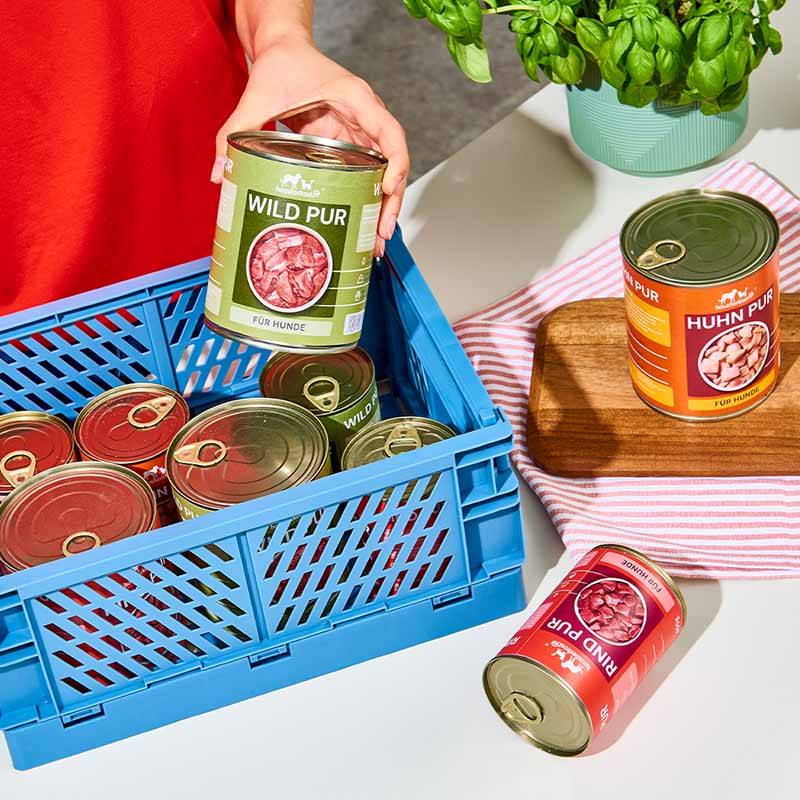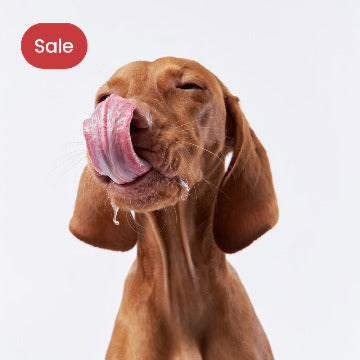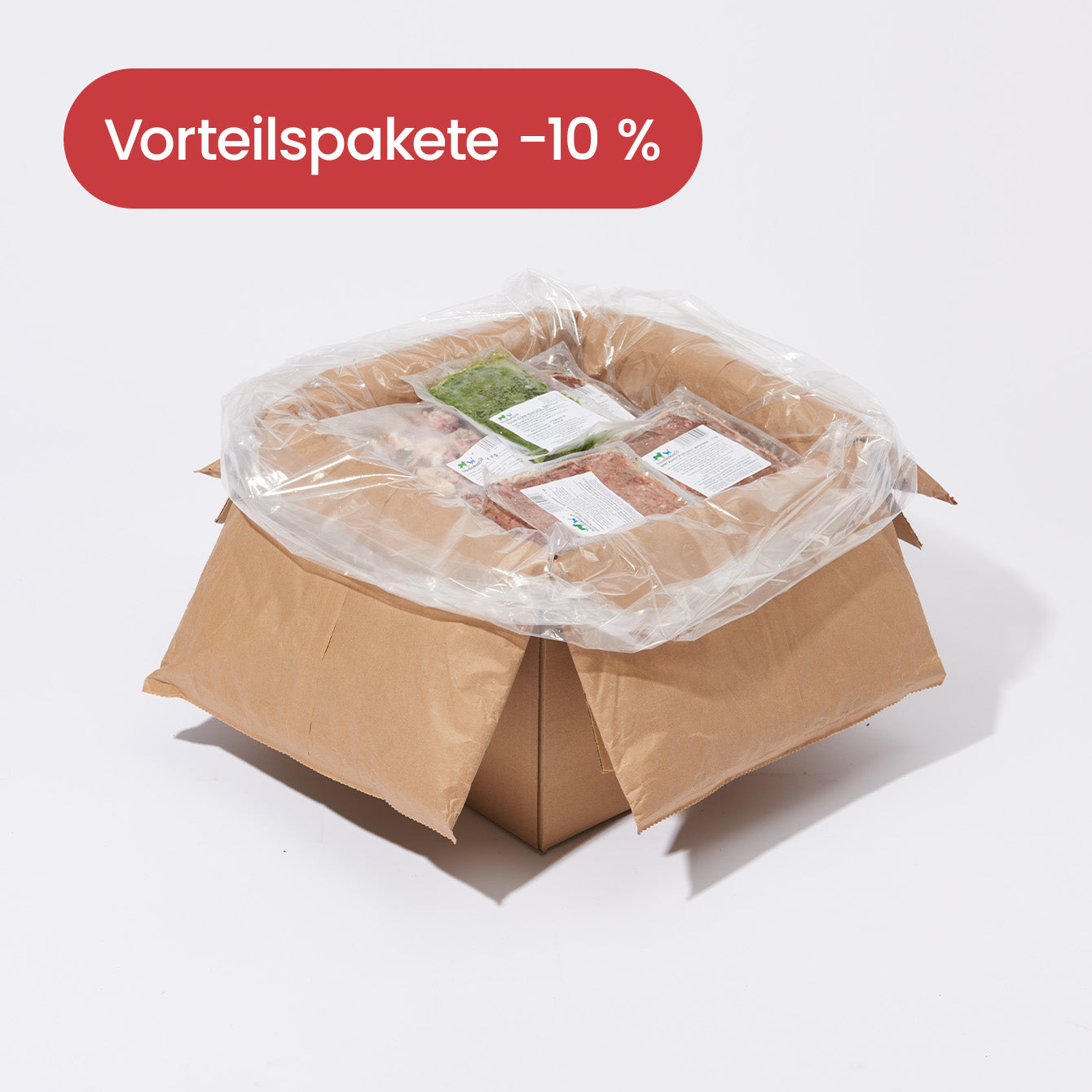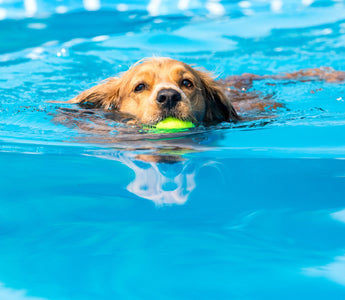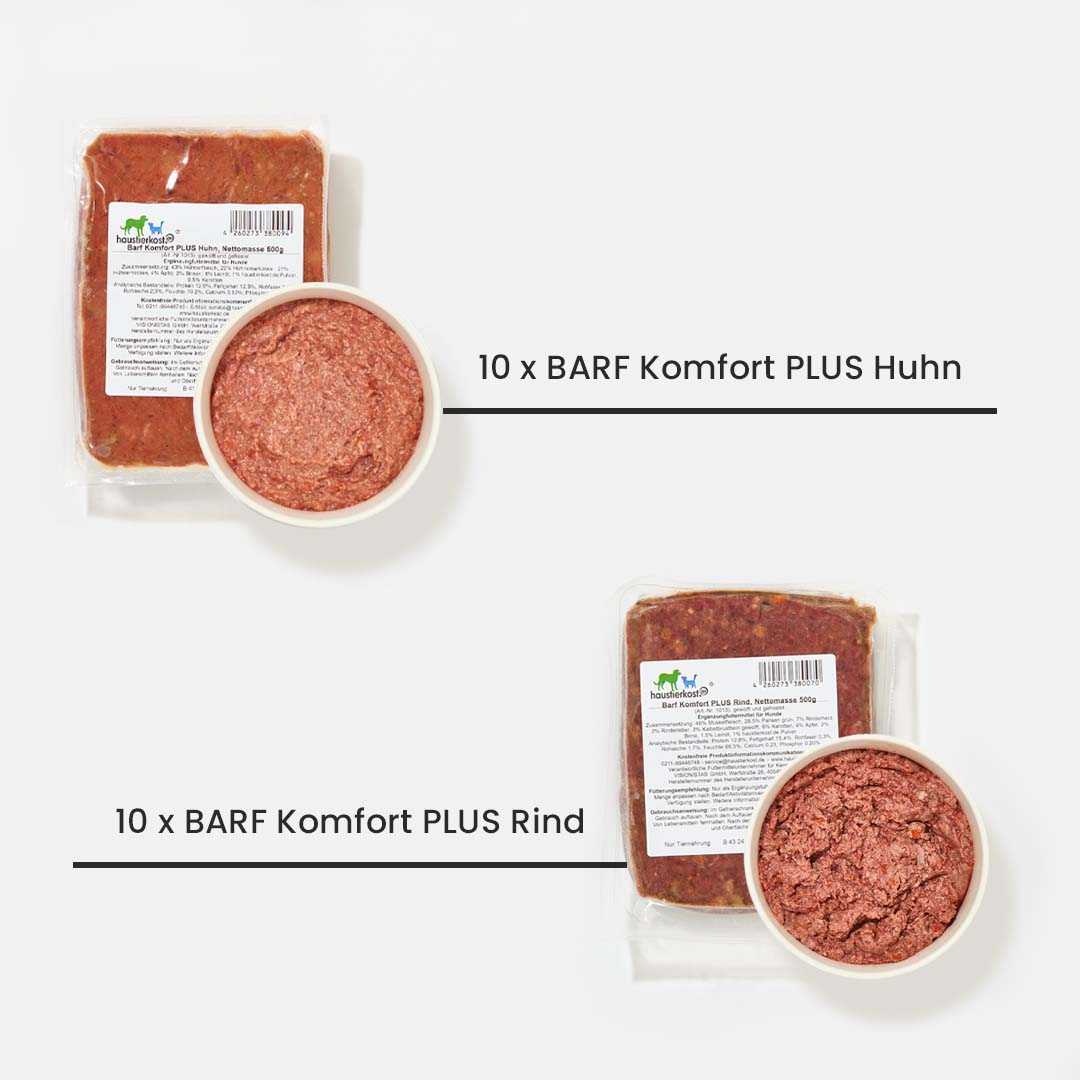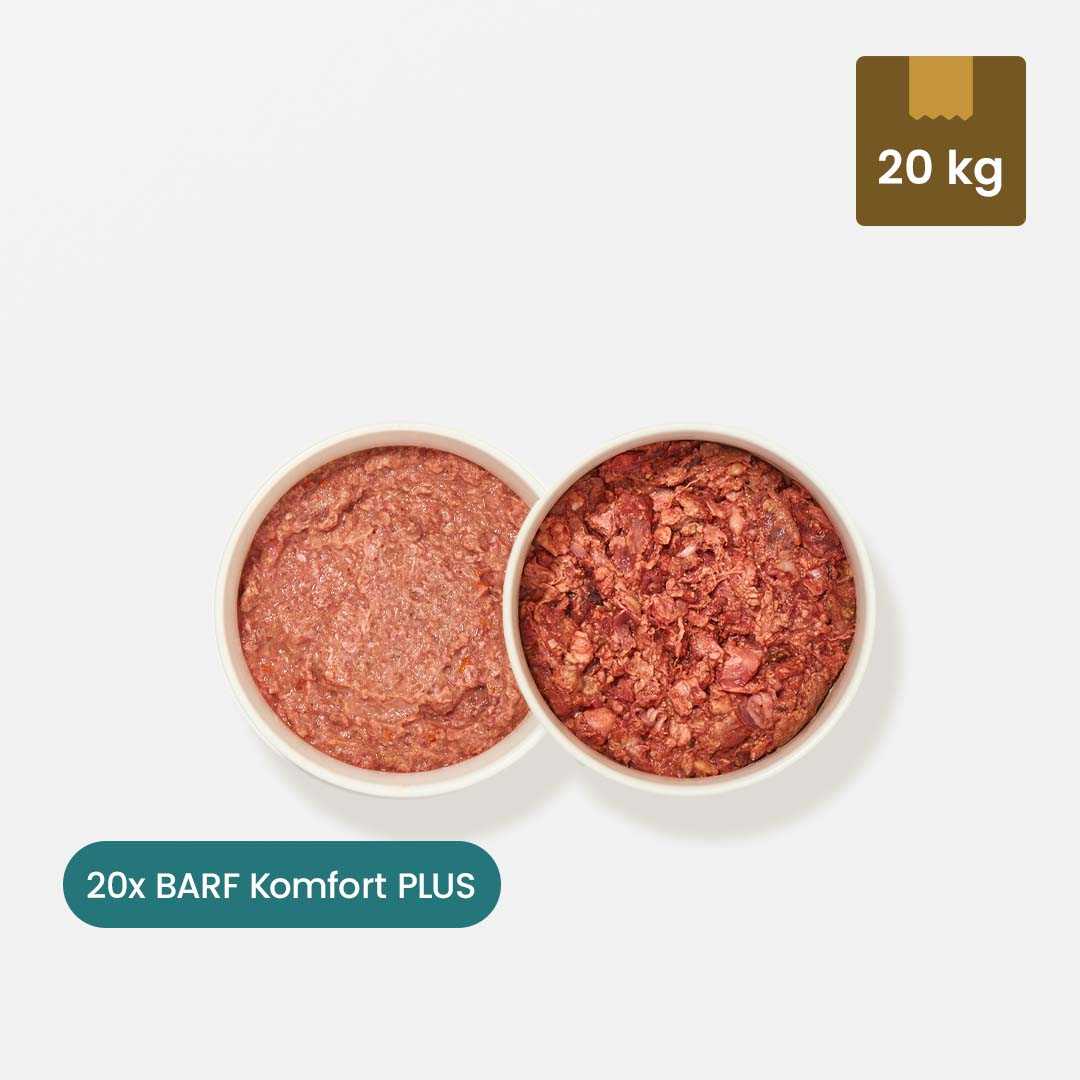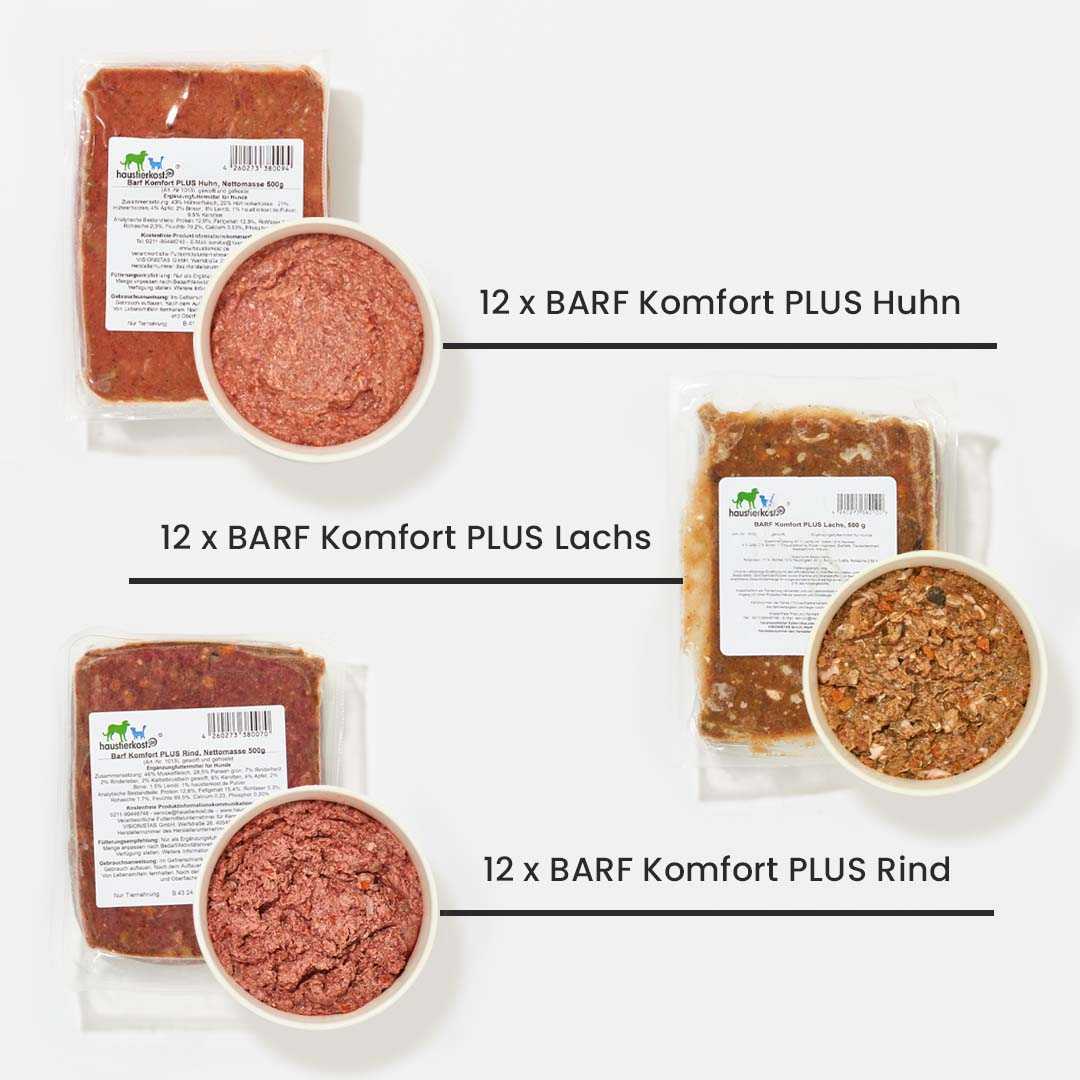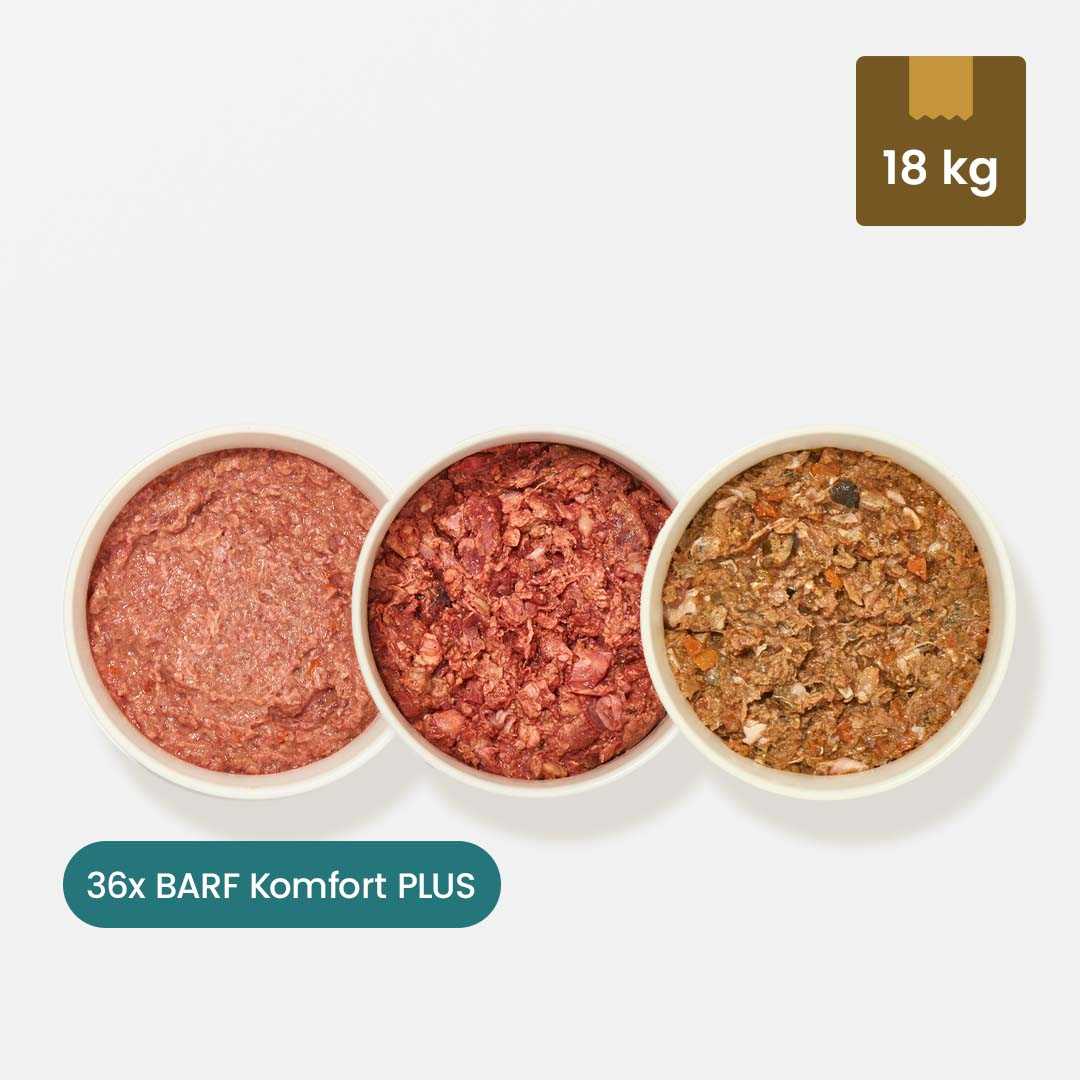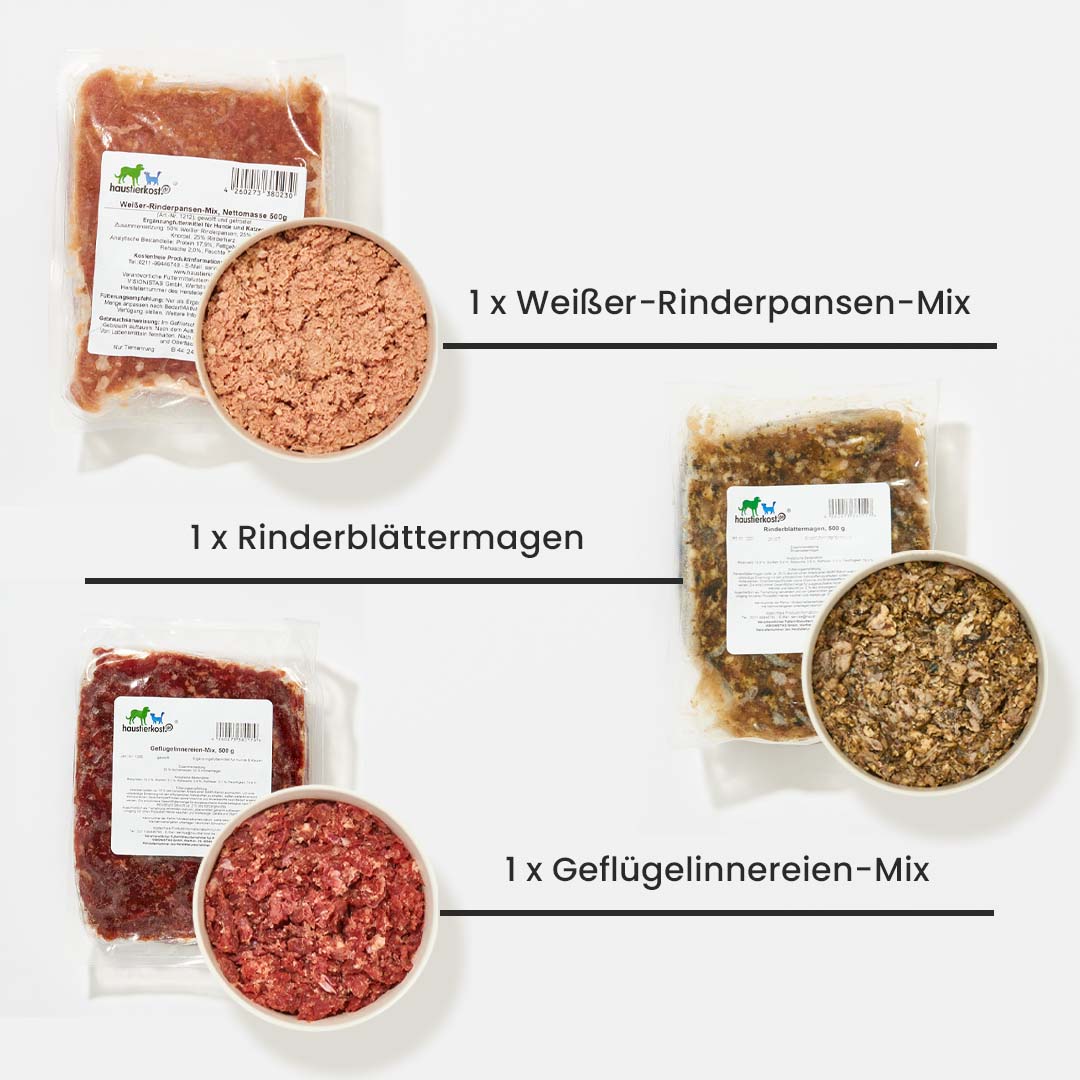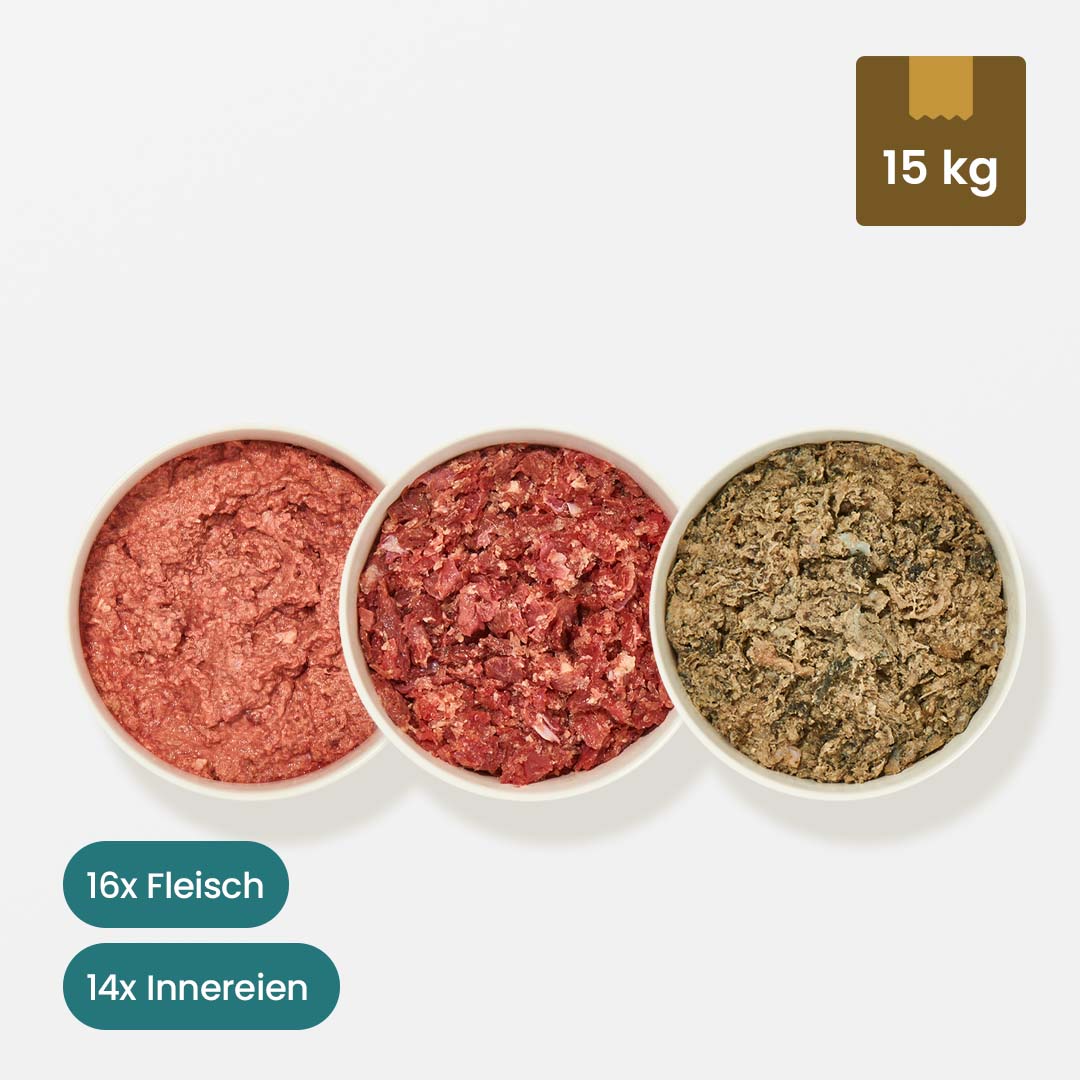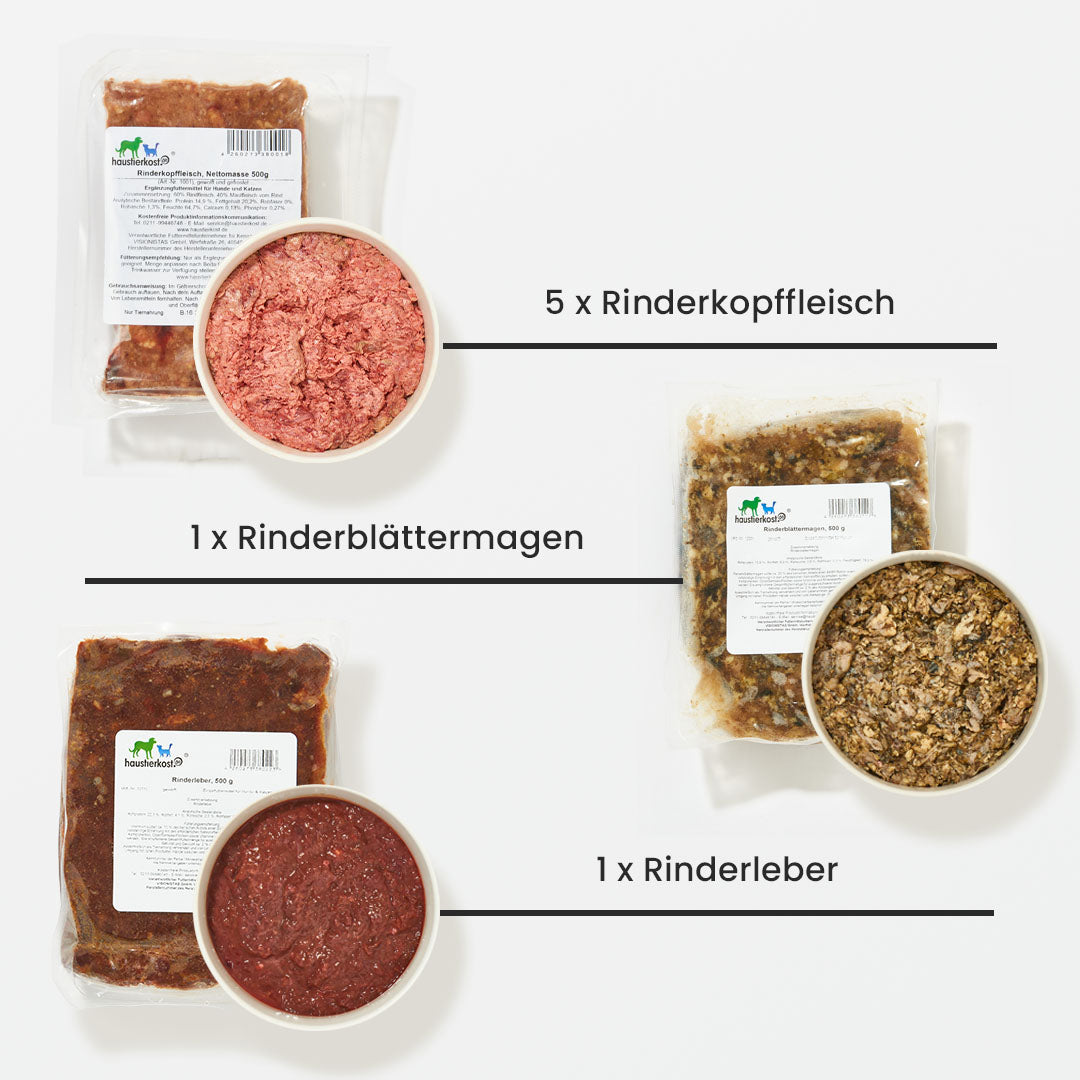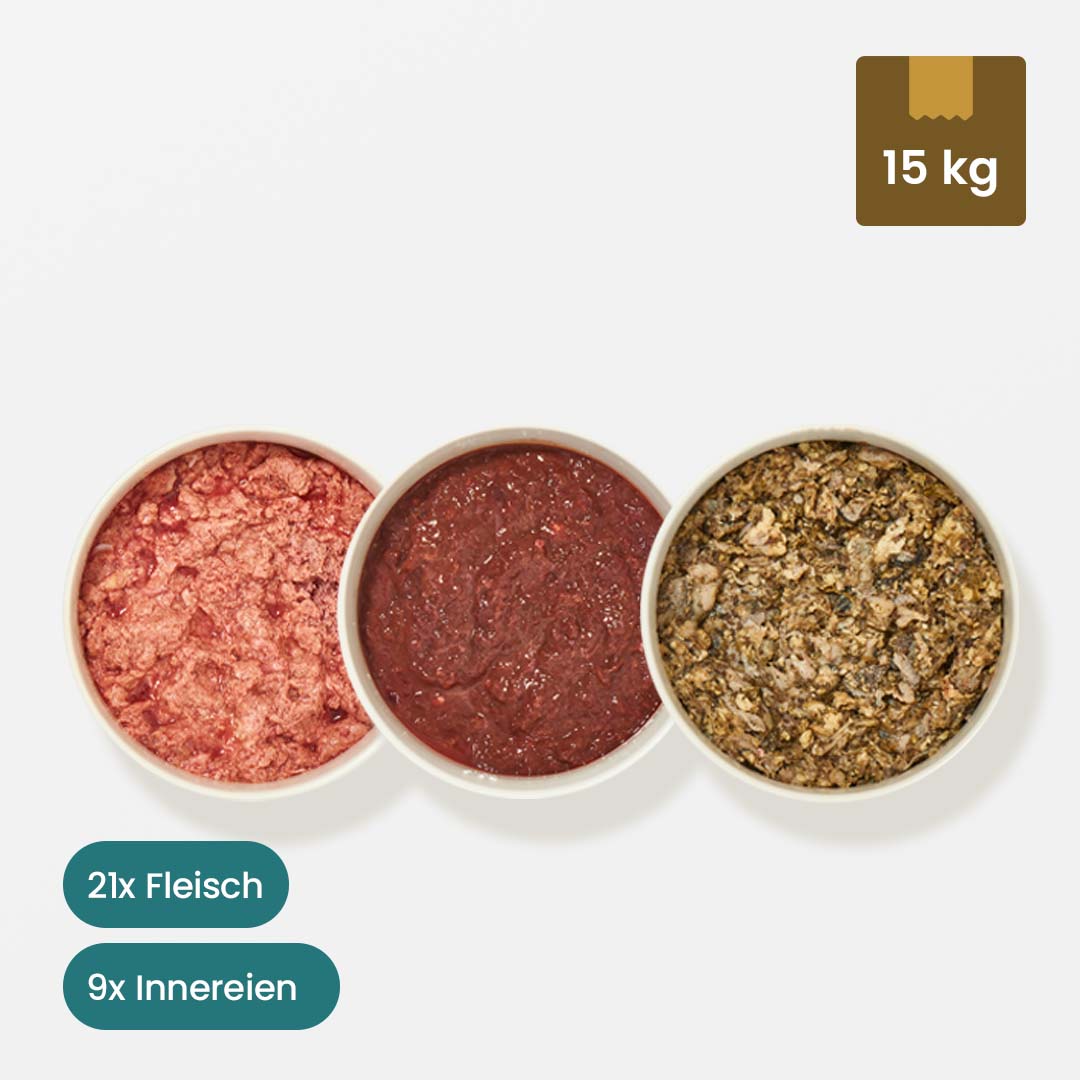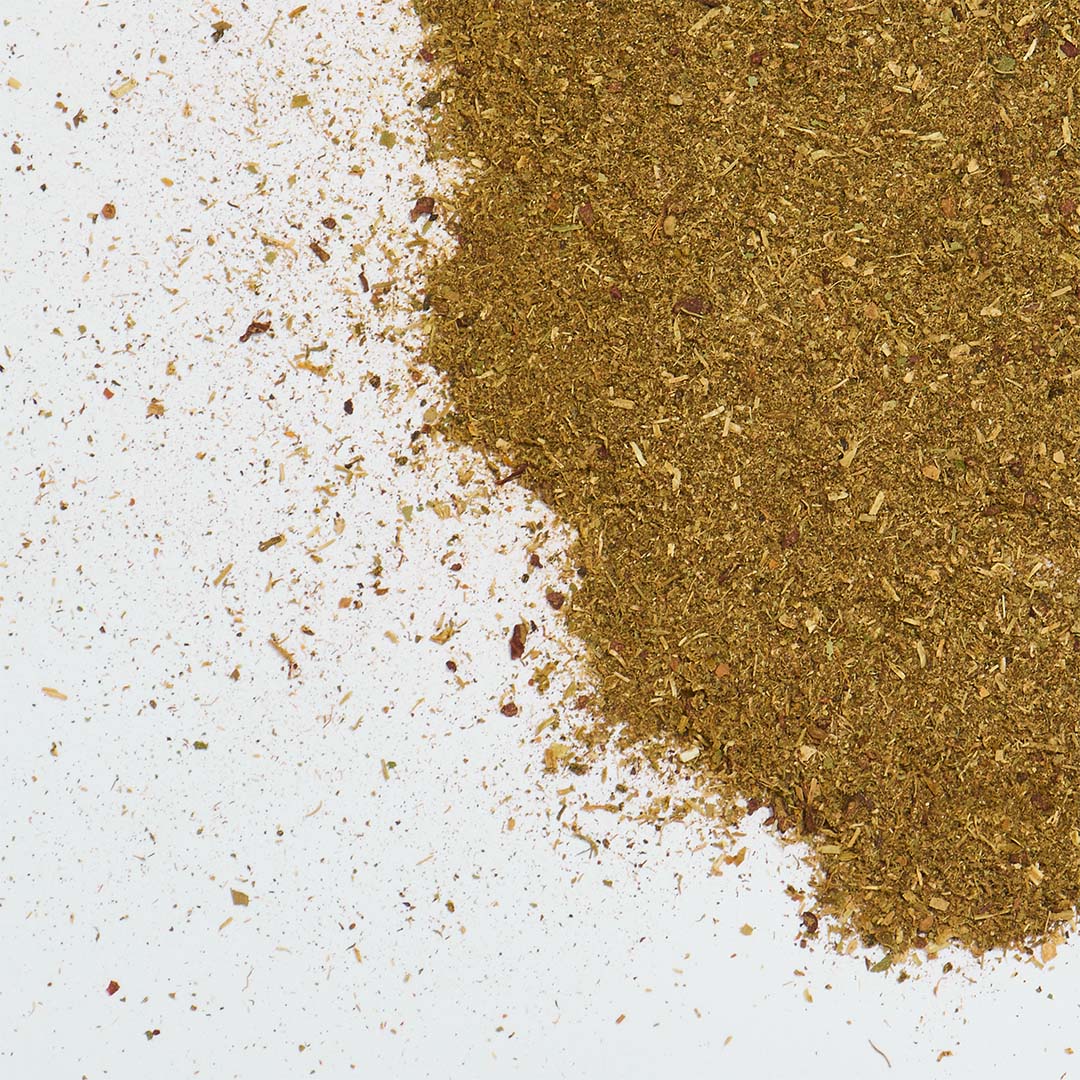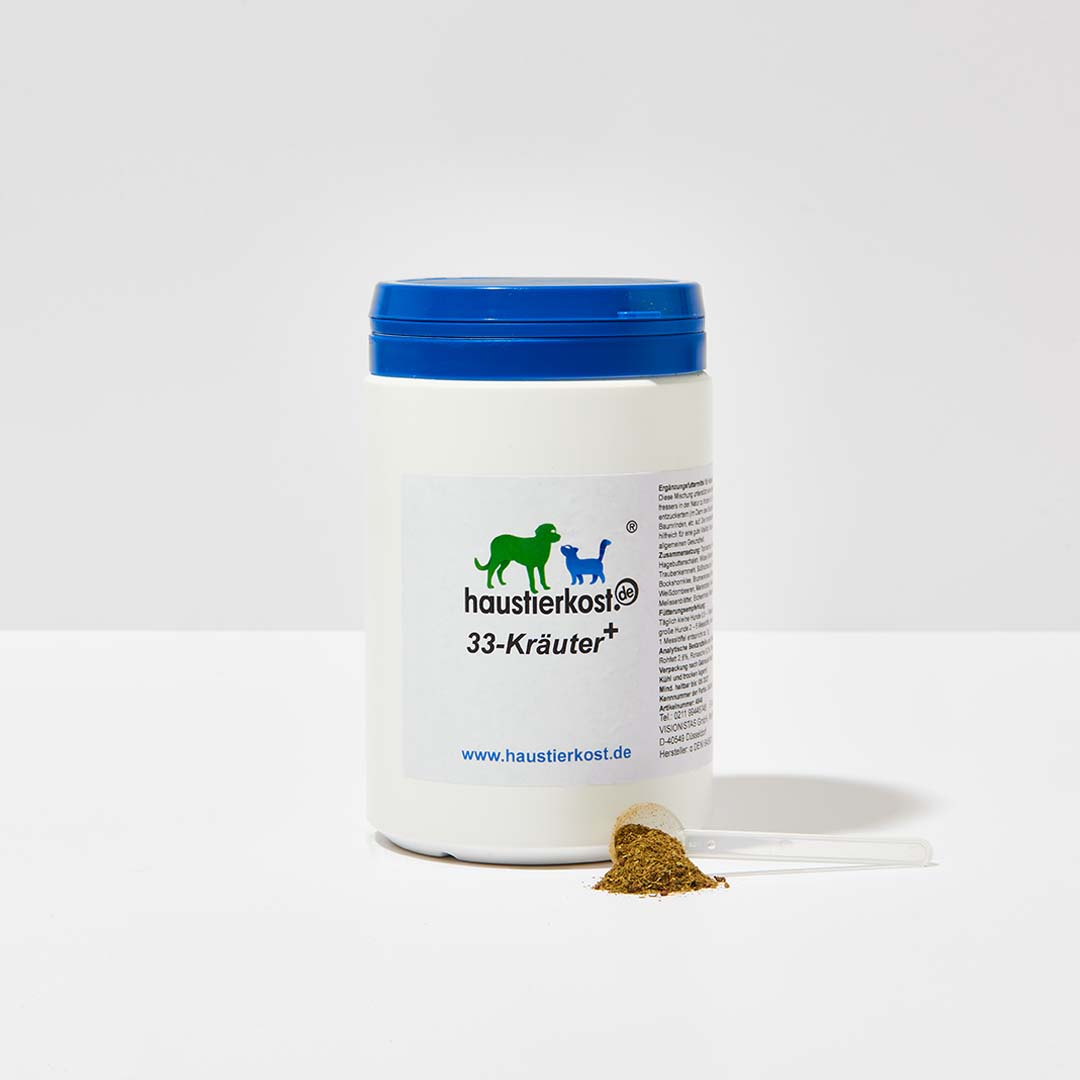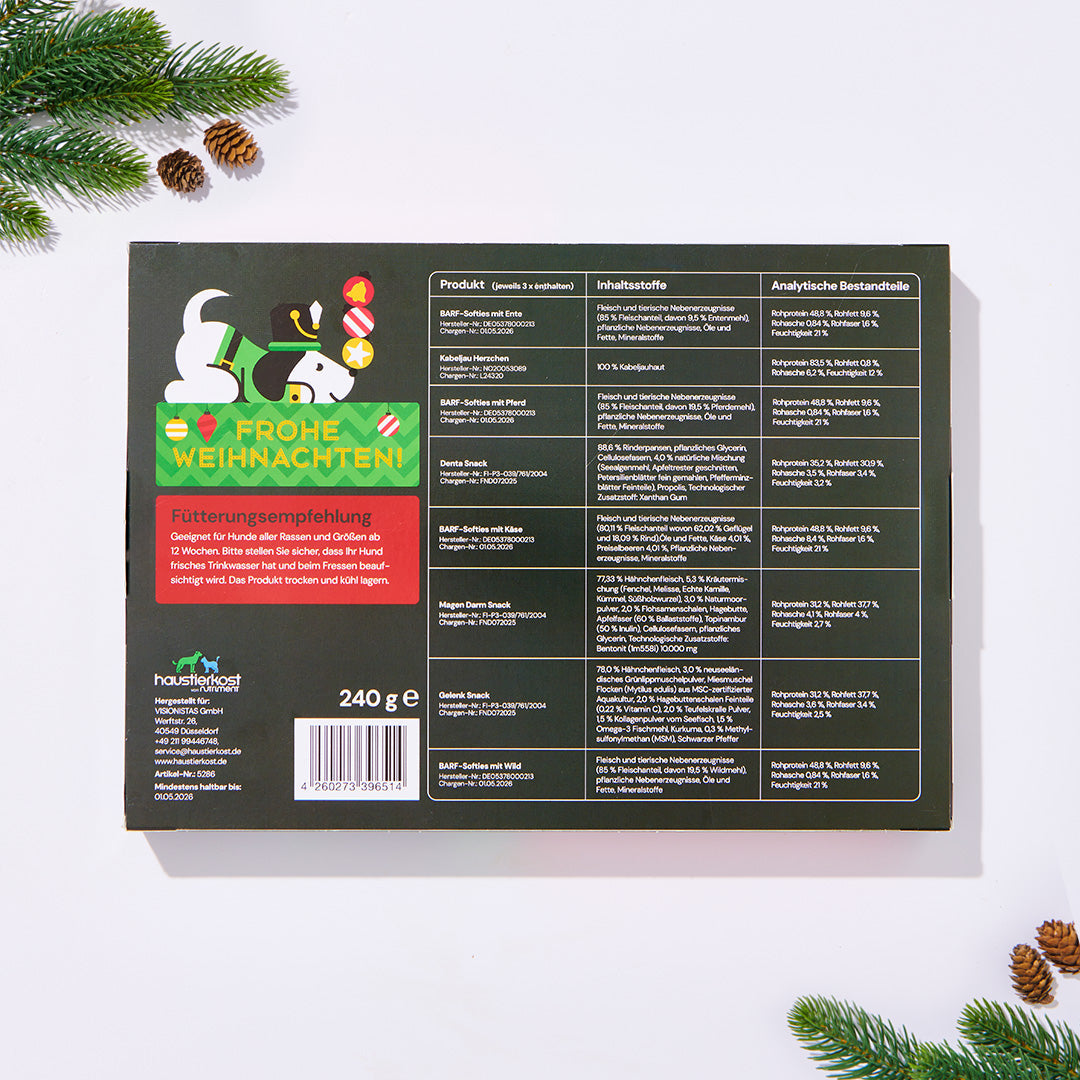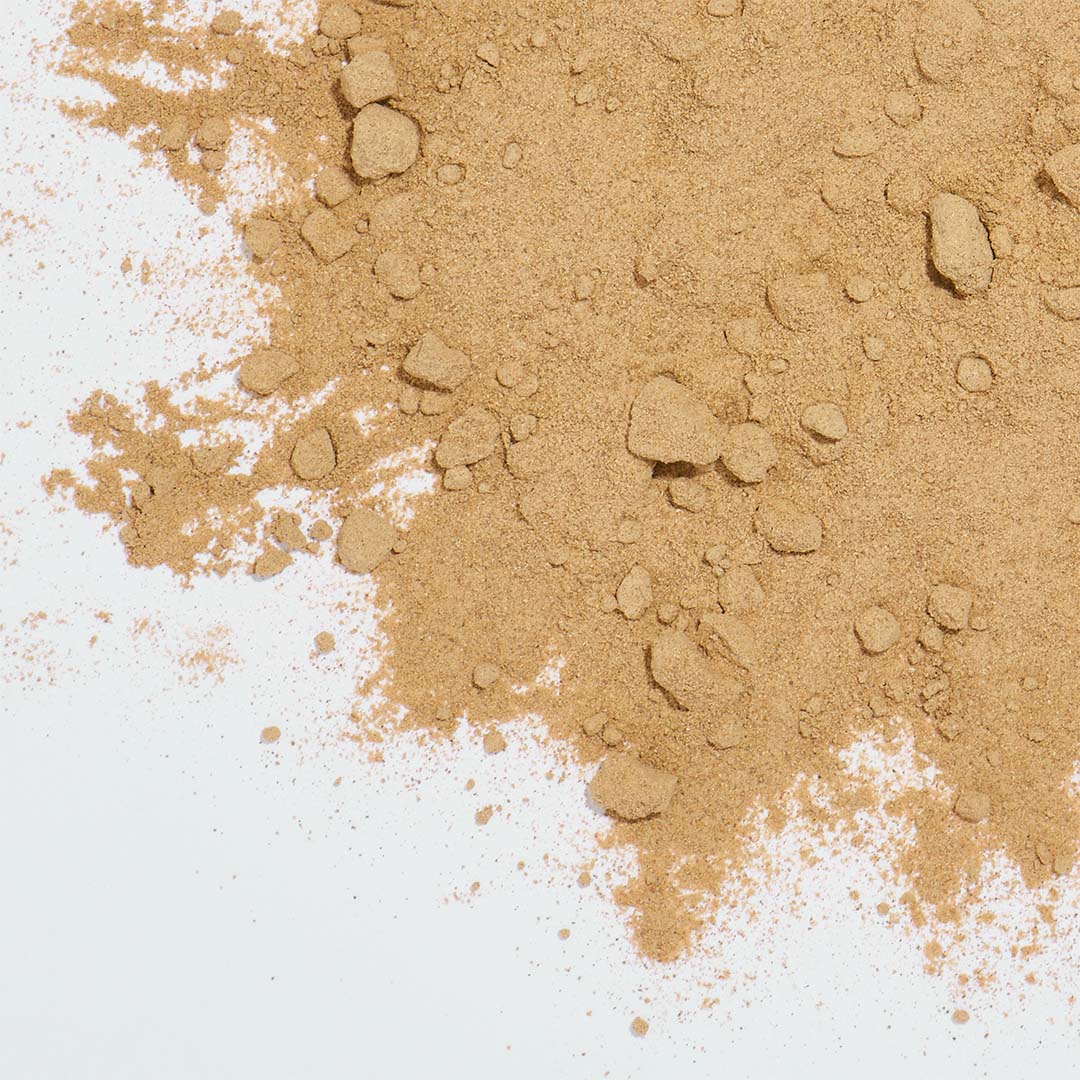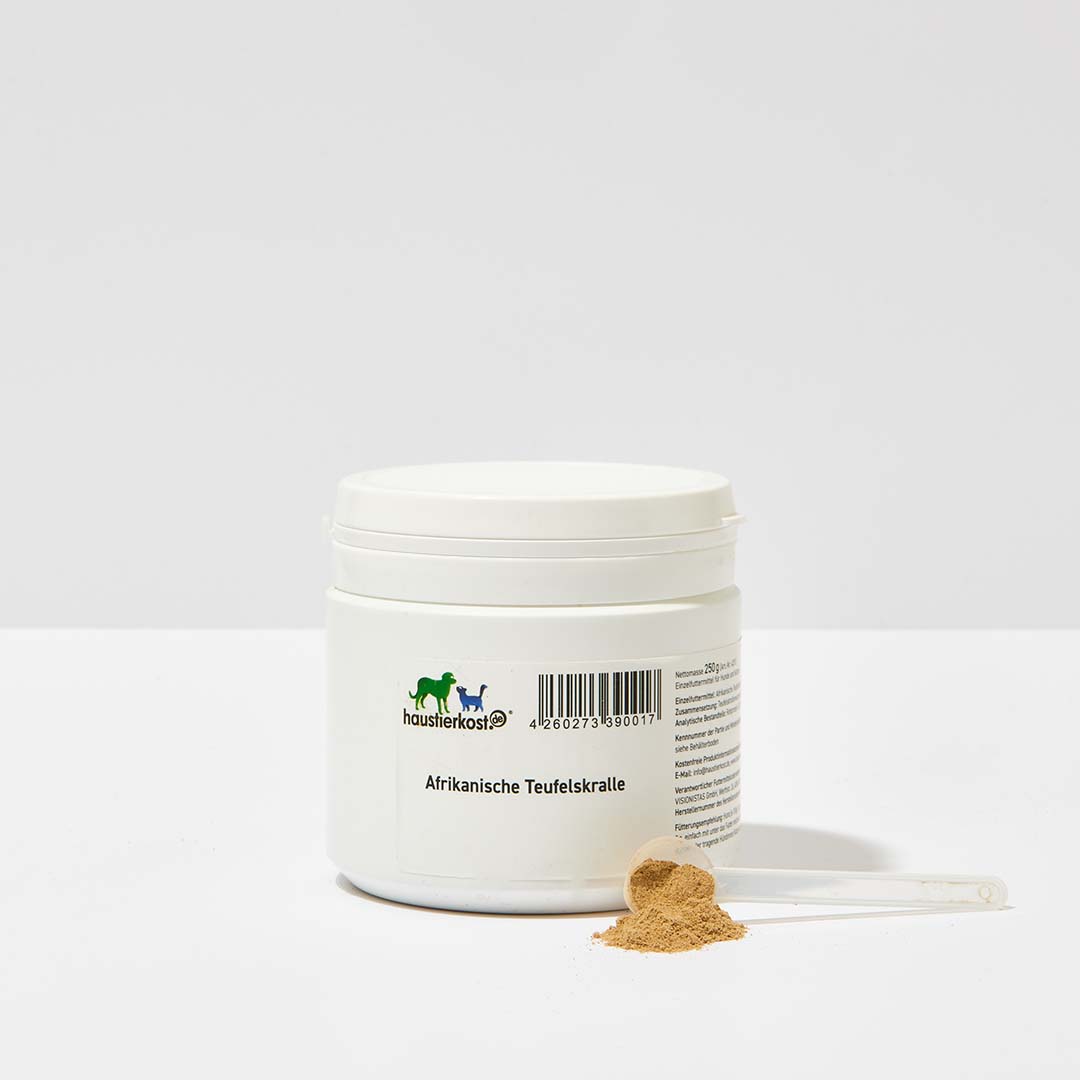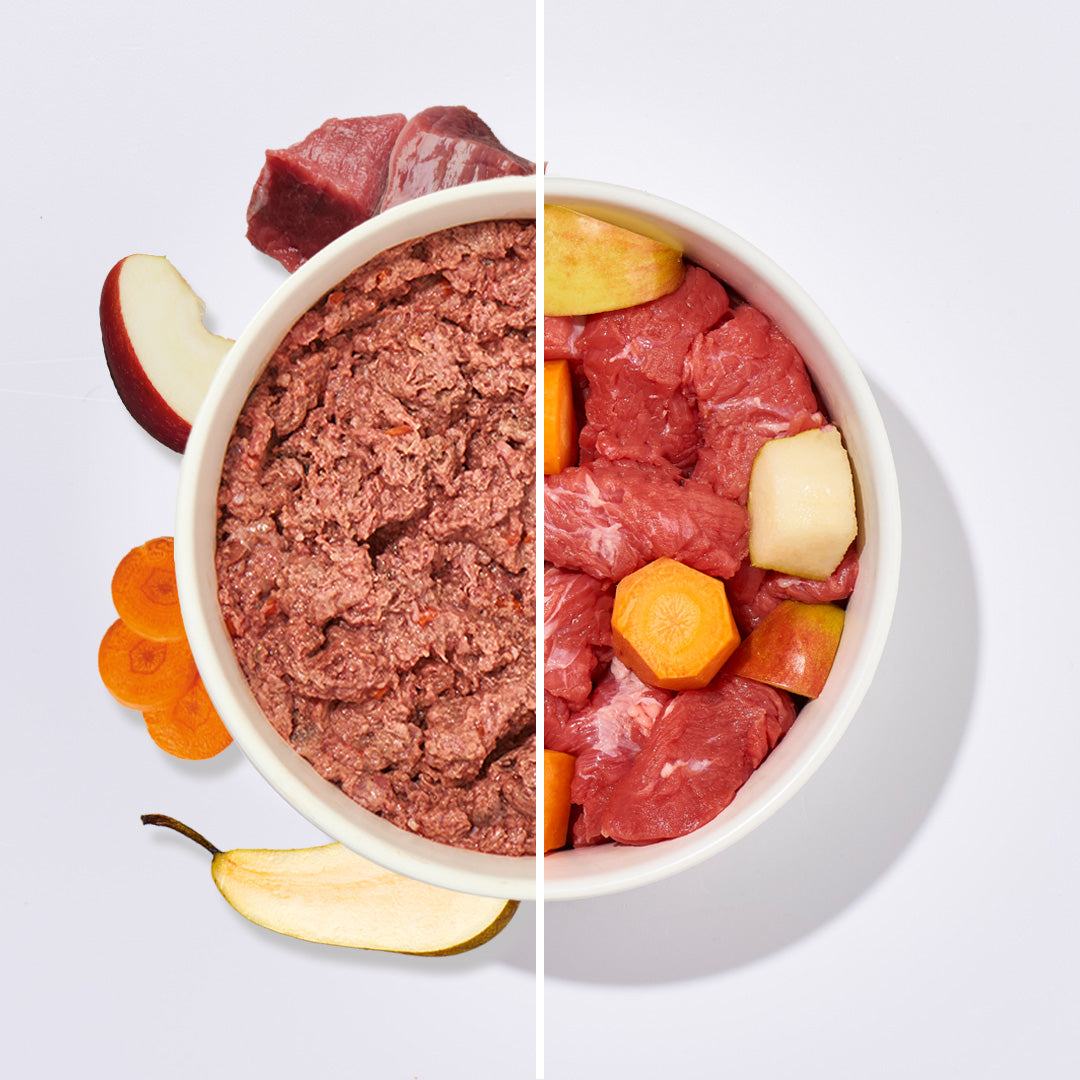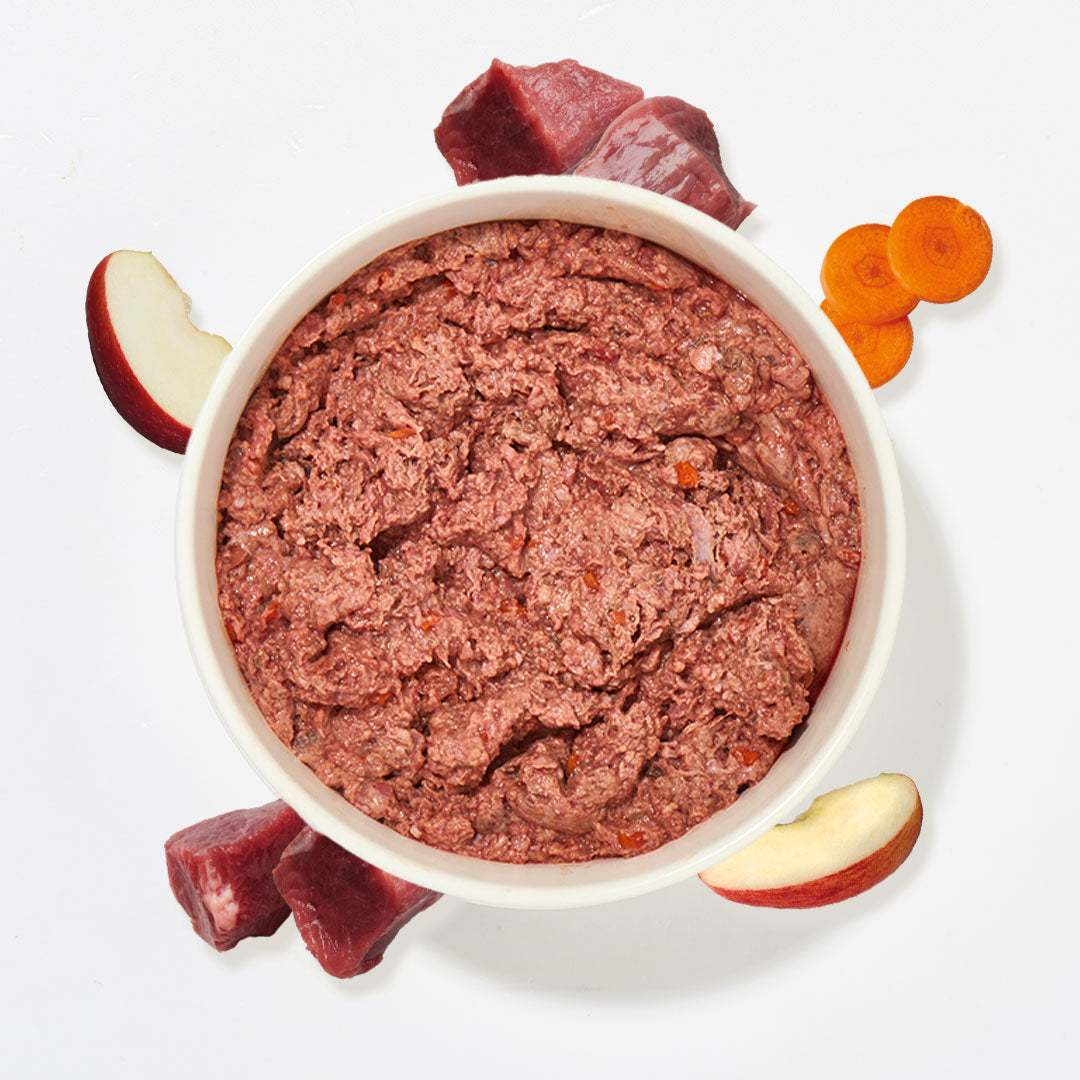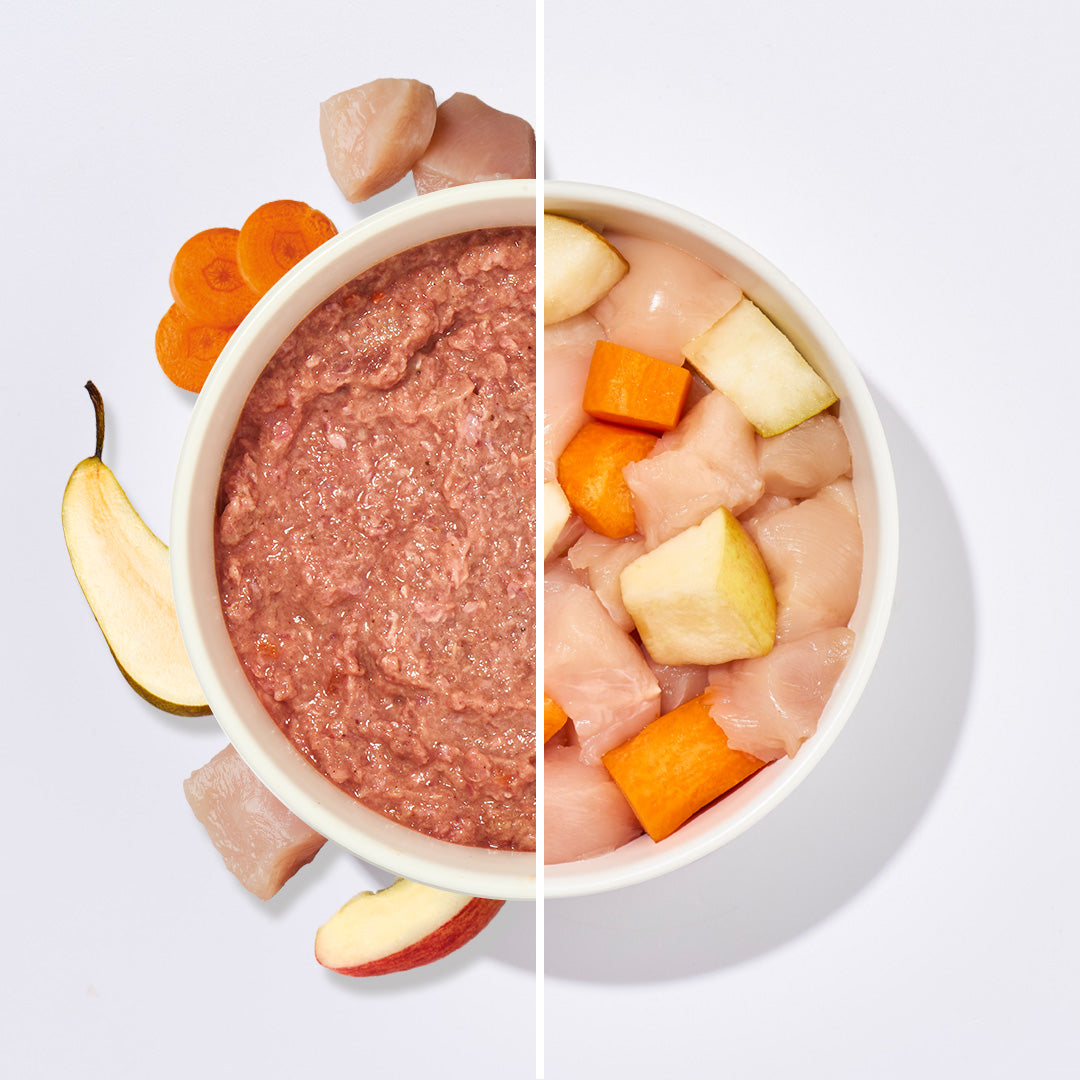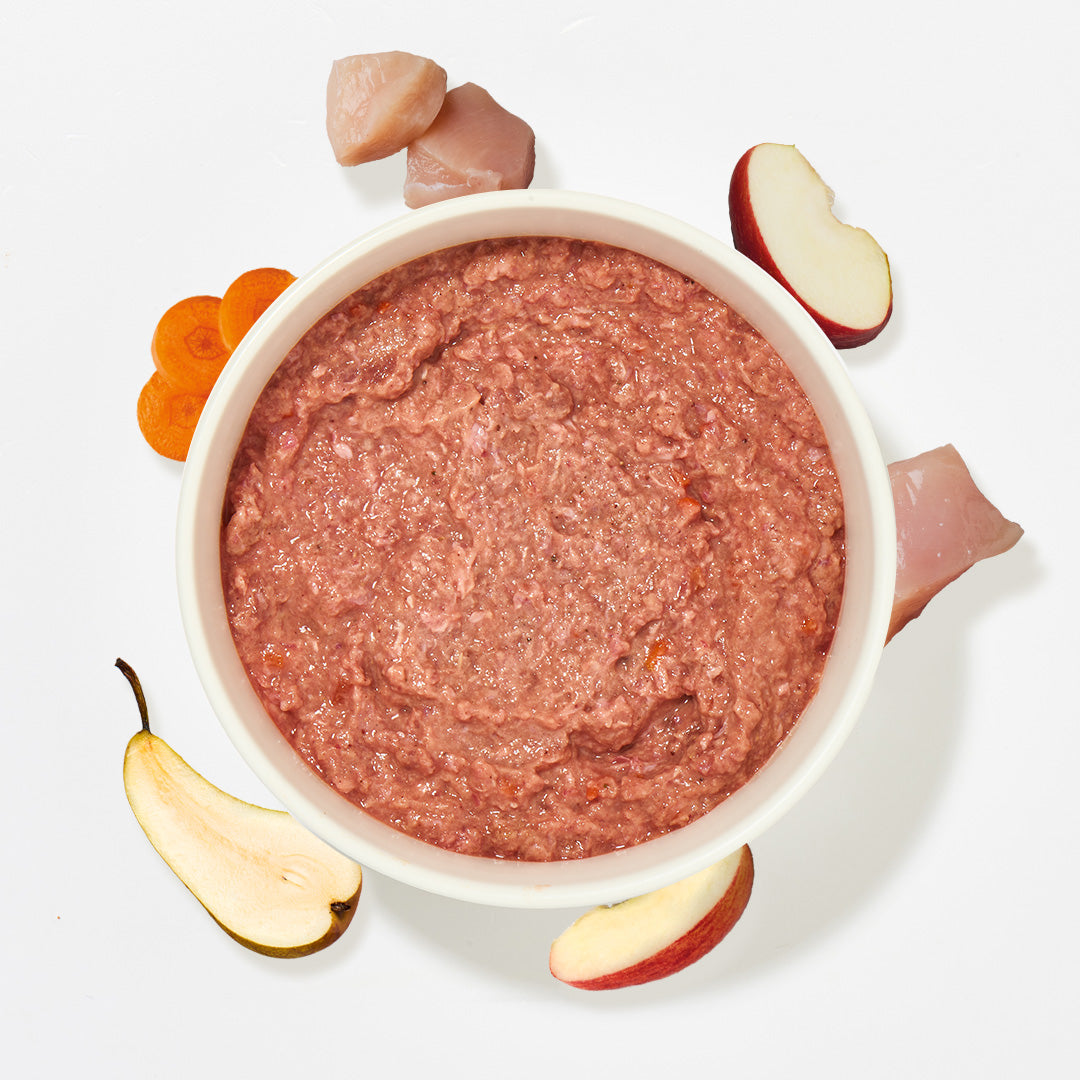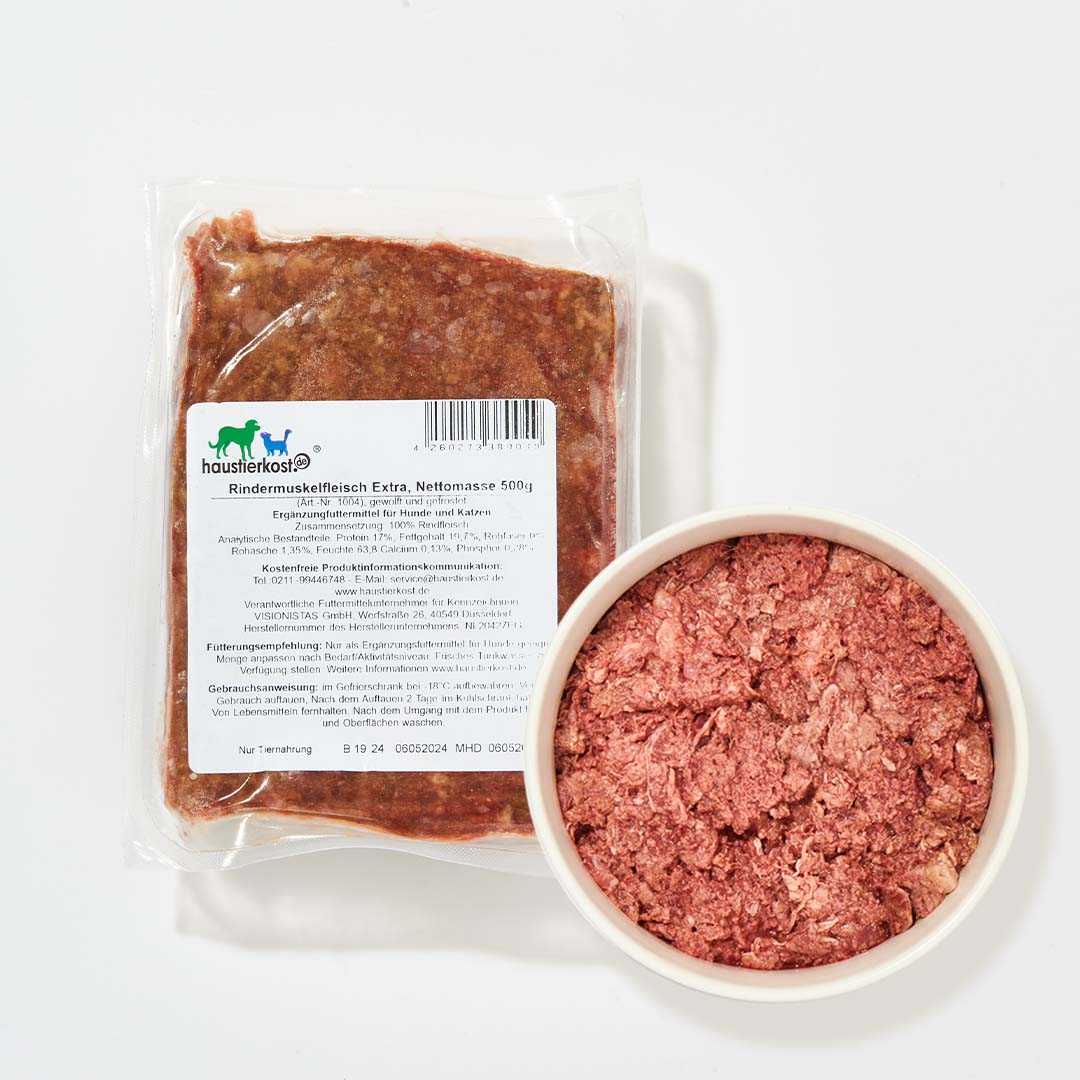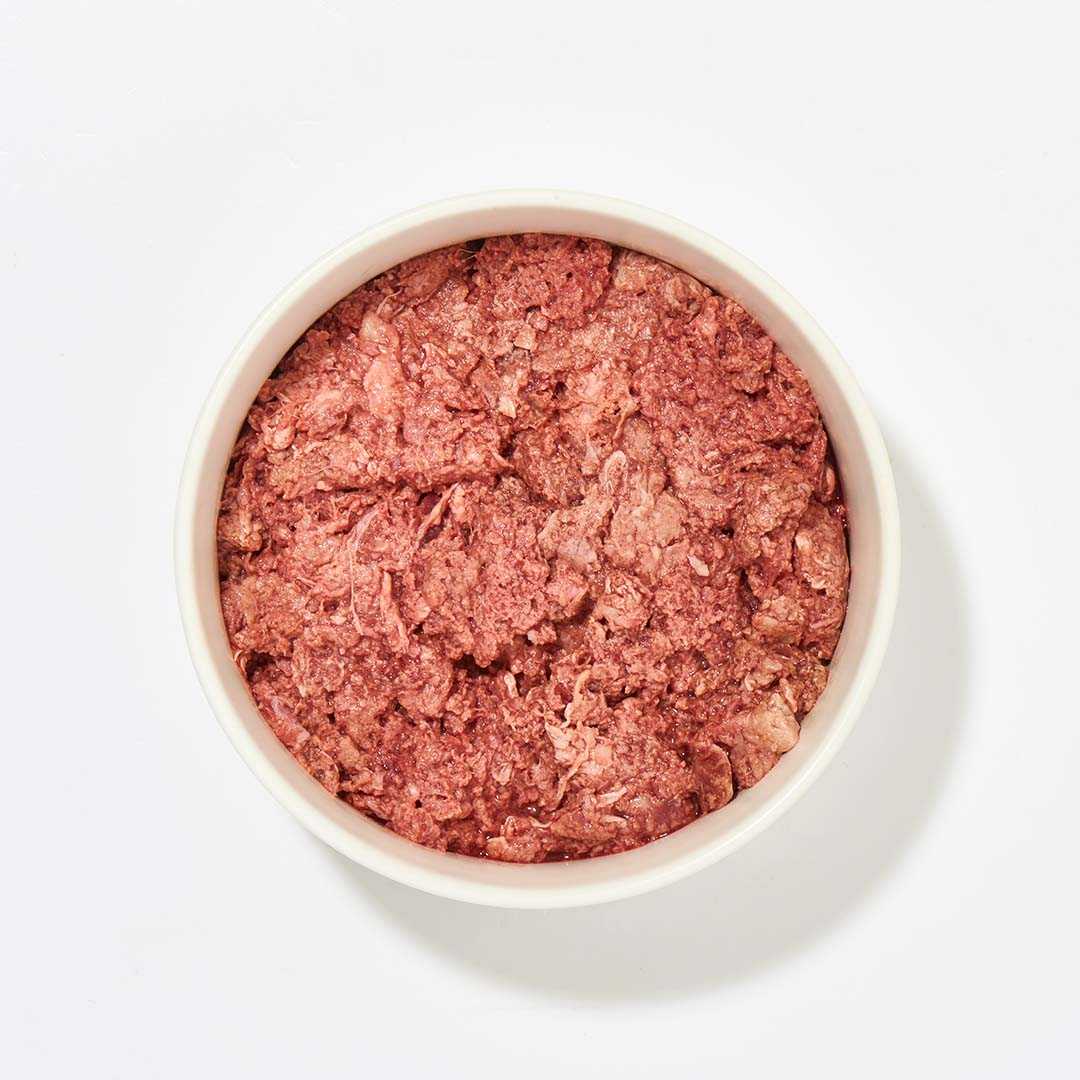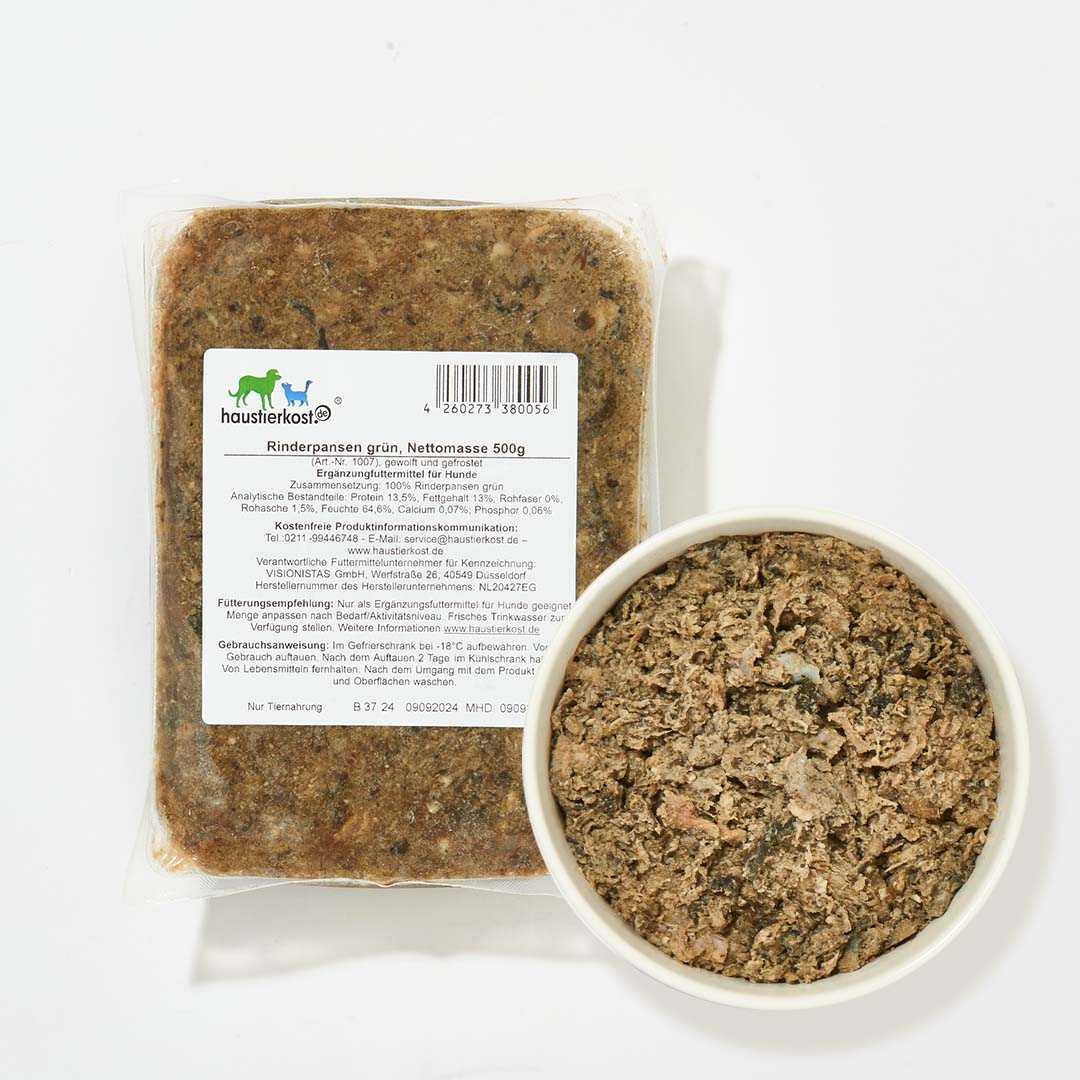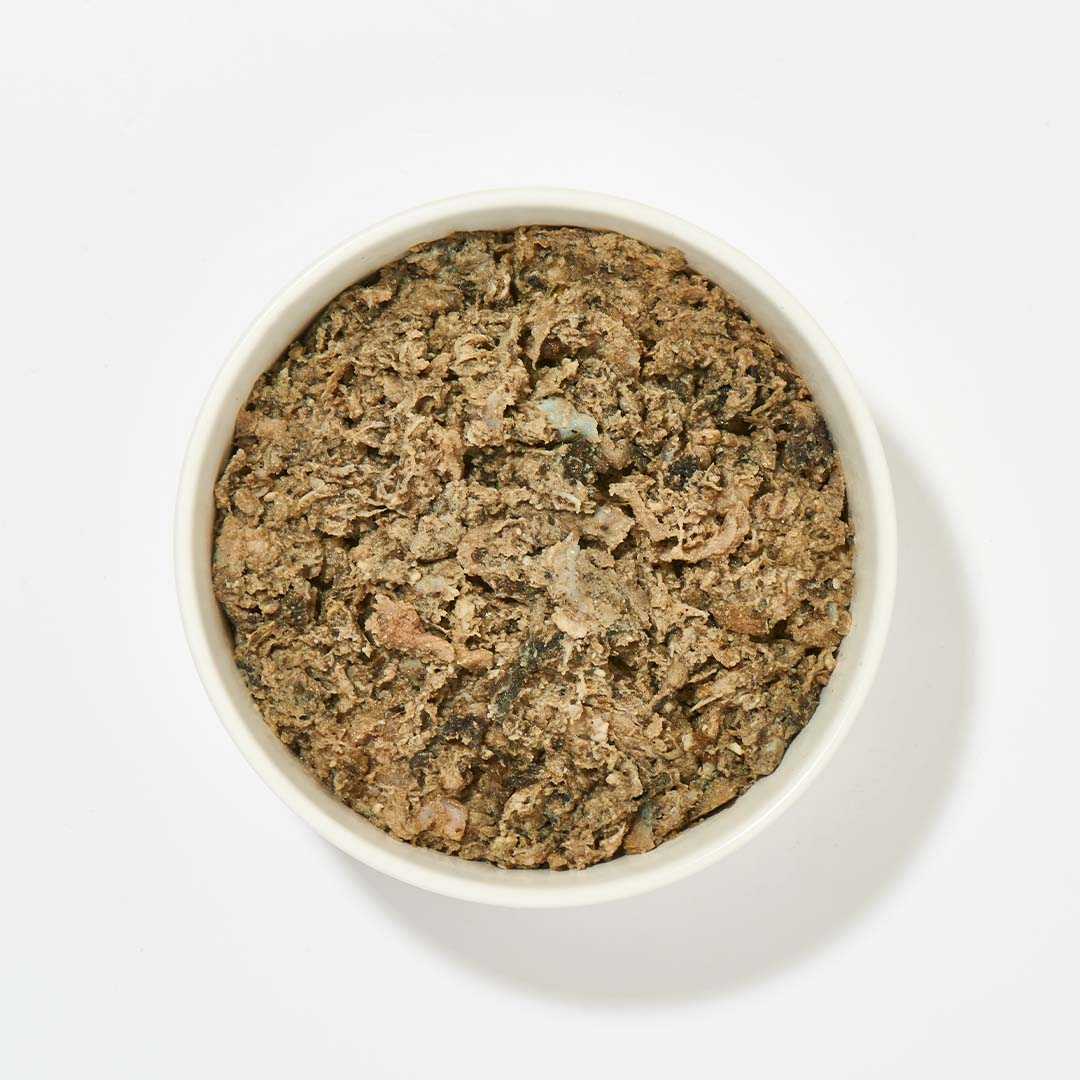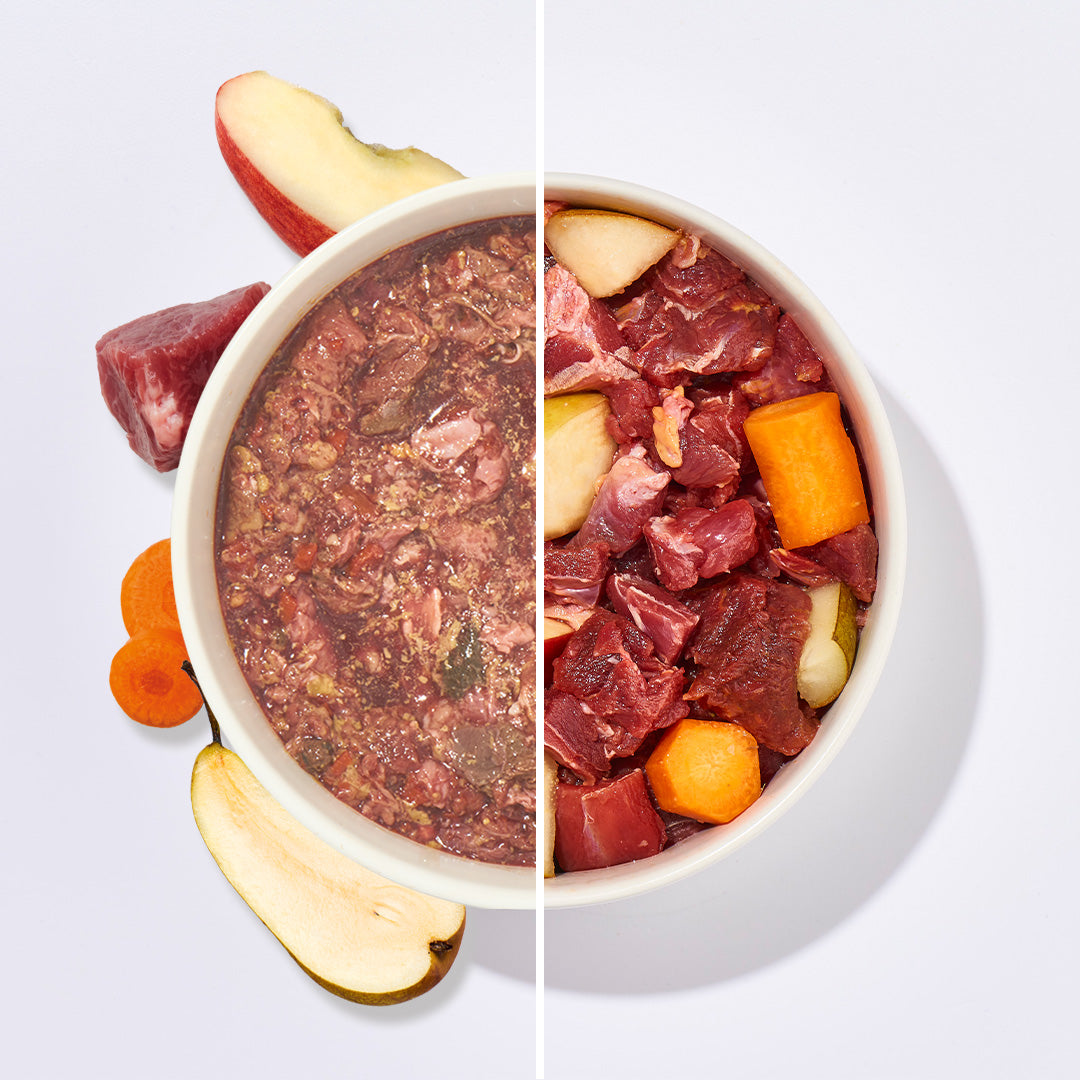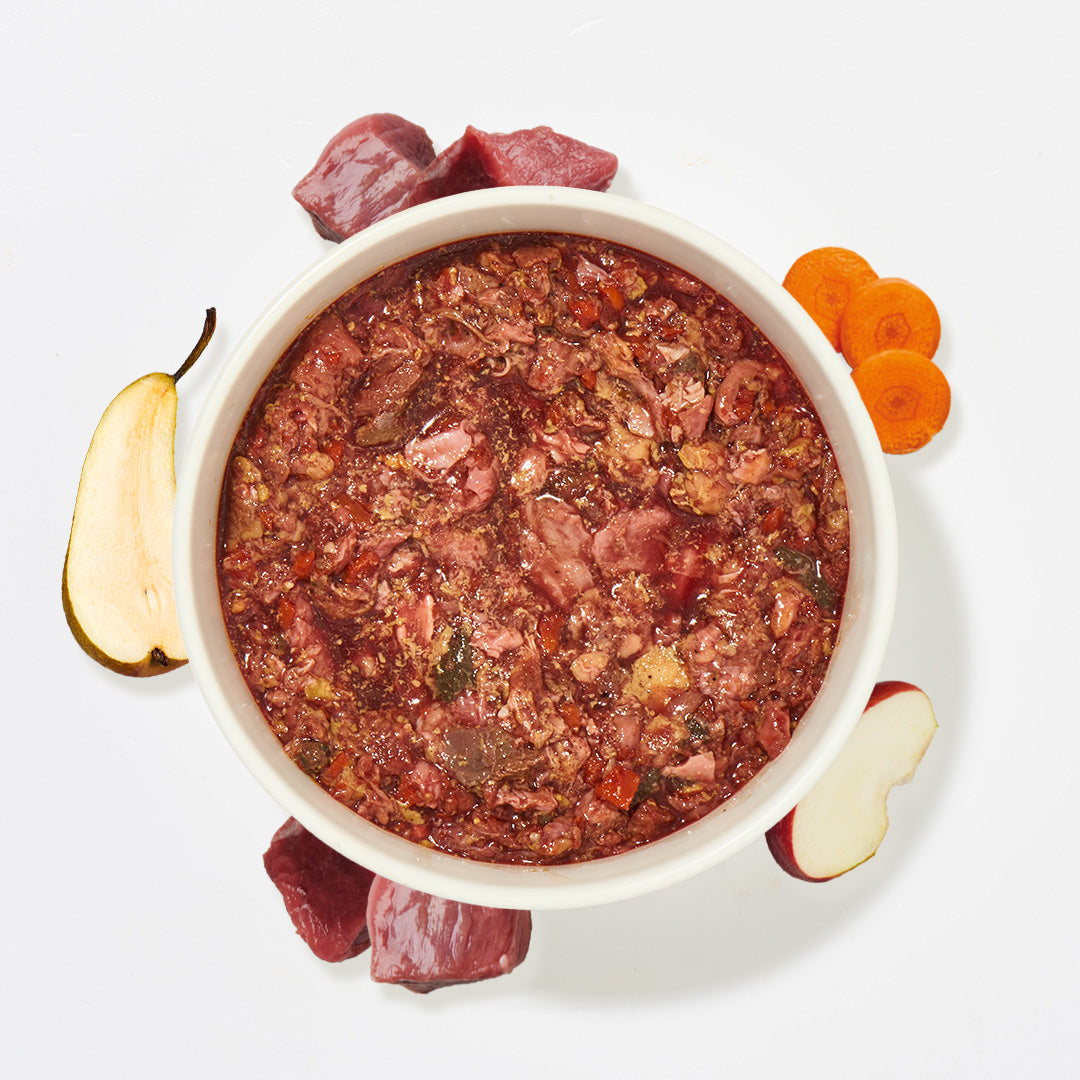Dogs are rarely afraid of water: Especially in summer, many animals love a refreshing dip in the cool water and swimming in the nearby lake - from poodles to golden retrievers and from Labradors to German shepherds. But there are also dog breeds that are afraid of water and prefer other methods to cool down in the hot season than splashing in the water. However, if your dog is so afraid of water that even a puddle on the sidewalk, a surprise rain shower and an irregular shower are a challenge, this can quickly become a problem. In the BARF guide from haustierkost.de, we have therefore put together a few useful tips to help get a dog used to water.
Why is my dog afraid of water?
If a dog is afraid of water, this is usually a breed-specific characteristic of the coat. In animals with short fur and no undercoat, wetness and cold reach the skin more quickly. This also applies to seniors or sick four-legged friends. Apart from that, a dog's fear of water can also be due to limited swimming skills. Swimming is a survival instinct that is firmly anchored in all dogs, but short-nosed breeds with a heavy build or short legs are particularly bad swimmers. By the way: regardless of whether the dog is afraid of water or a real water rat, very few of them like to shower or bathe - the surface is too slippery and the risk of water getting into the eyes, ears or nose is too great.
Getting your dog used to water
Getting dogs that are afraid of water used to water requires one thing above all: a lot of patience. Bring your animal into contact with the unloved element gently and without force. If you want to encourage your four-legged friend to take a bath, we recommend training in a calm body of water without currents or waves. Wide sandbanks that lead slowly into deeper water are also ideal. This way the dog can get used to the water bit by bit, always maintains contact with the bottom and can also leave the water on its own if it feels too uncomfortable. Go into the water with him so that your dog gains confidence and, if necessary, take dog toys with you, such as the floating throwing ring from our BARF shop . This way he learns to enjoy the benefits of the water in a playful way. A life jacket can be helpful so that the animal realizes, especially at the beginning, that there is no danger. This gives anxious four-legged friends additional security and prevents, for example, the bottom of poor swimmers from sinking.
If you want to get your dog used to water, it's the same as always when you teach him something new: motivation is what counts! To give your dog a little boost, you can of course give him tasty dog treats like our Trainies or, more traditionally, dog sausages and dog biscuits . Nutrition-conscious owners like to use freeze-dried dog snacks , dried meat or dried chews . When you're on holiday with your dog, these are also a wonderful temporary alternative to the usual BARF .
Bathing your dog made easy – with practical tools and the right care
Bathing your dog is easy with a few useful tools and the right care. First of all, we recommend putting an anti-slip mat in the tub so that your dog doesn't slip while bathing. Also use mild dog care products without fragrances or aggressive surfactants so that your four-legged friend's sensitive skin is not damaged. The water temperature should ideally be lukewarm. Avoid the face when bathing your dog because the eyes and ears are particularly sensitive. Of course, you should always stay calm during the entire process. Don't force your four-legged friend to take a shower, but get him used to it slowly. For example, put him in the tub first without turning on the water. You can then move on to carefully rinsing his paws and legs, working your way down to his torso.



